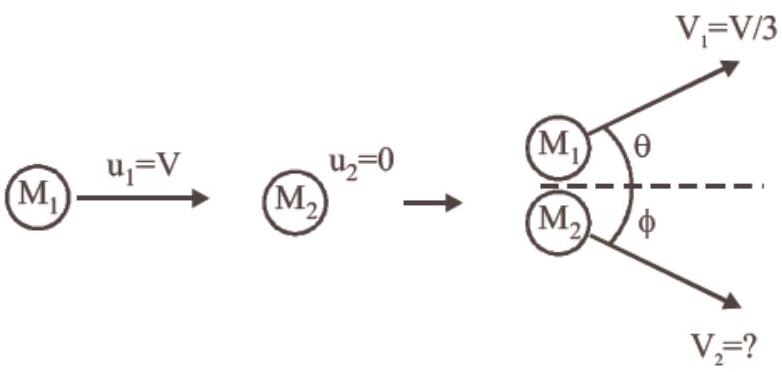Work Energy and Power - Result Question 48
51. On a frictionless surface a block of mass
[2015 RS]
(a)
(b)
(c)
(d)
Show Answer
Answer:
Correct Answer: 51. (d)
Solution:
- (d) Here,

From figure, along
By law of conservation of kinetic energy,
Putting
and
or,
or






